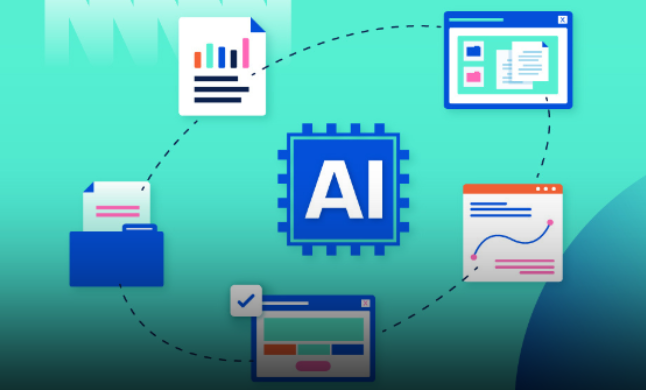In an era marked by exponential data growth, organizations are drowning in documents—paper-based or digital—that contain vital information. From invoices and contracts to medical records and insurance claims, the ability to efficiently process and understand documents has become a cornerstone of operational success. AI document processing is rapidly redefining how we interact with and extract meaning from this vast sea of unstructured data, offering a smarter, more scalable approach to managing information.
The Challenge of Document Overload
For decades, document processing relied heavily on manual input or rudimentary optical character recognition (OCR) tools that could convert printed text into digital characters. While useful, traditional OCR systems often struggled with documents that varied in format, contained handwriting, or required context to interpret accurately.
The result? Bottlenecks, errors, and inefficiencies that cost time and money.
What is AI Document Processing?
AI document processing refers to the use of artificial intelligence technologies—such as machine learning (ML), natural language processing (NLP), and computer vision—to automate the extraction, classification, and validation of data from documents. Unlike basic OCR, AI systems can understand the semantic meaning of a document, differentiate between content types, and even make judgments about ambiguous data based on context.
For example, in processing a loan application, an AI system can distinguish between a driver’s license and a utility bill, extract the relevant information from each, and cross-verify the address fields—tasks that would traditionally require human oversight.
Key Components and Techniques
- Optical Character Recognition (OCR) Enhanced by AI : Traditional OCR becomes far more powerful when combined with AI. Machine learning algorithms can be trained to improve recognition rates, even with complex layouts or poor image quality.
- Natural Language Processing (NLP) : NLP allows systems to understand human language. It’s critical for interpreting paragraphs of text, identifying entities (like names, dates, or account numbers), and summarizing content.
- Document Classification : AI can classify documents by type (e.g., invoice, resume, tax form) even when they don’t follow a strict template. This is vital for automating large-scale document intake.
- Data Extraction and Validation : AI systems not only pull out relevant data but also validate it through cross-referencing, pattern recognition, and integration with external databases.
- Continuous Learning : Many AI systems learn from user feedback or new data inputs, improving over time in accuracy and adaptability.
Benefits and Real-World Applications
The advantages of AI document processing are vast:
- Efficiency : Speeds up processing time from days to minutes.
- Accuracy : Reduces human errors in data entry and classification.
- Scalability : Handles growing volumes of data without a proportional increase in resources.
- Compliance : Helps organizations meet regulatory requirements by ensuring accurate and complete data processing.
Industries across the board are embracing AI for document processing. In healthcare, it’s being used to digitize and analyze patient records. In finance, it streamlines KYC (Know Your Customer) and loan origination processes. Government agencies are adopting it to manage public records and reduce paperwork delays.
The Road Ahead: Challenges and Ethical Considerations
Despite the promise, challenges remain. Privacy concerns, especially when processing sensitive data, must be addressed with strong governance and encryption protocols. There is also the risk of algorithmic bias, where systems may misinterpret data due to unrepresentative training datasets.
Moreover, as AI systems become more autonomous, the role of human oversight becomes crucial—not only for accuracy but also for accountability.
Conclusion
AI document processing stands at the intersection of automation and intelligence, offering a transformative shift in how businesses and institutions manage information. While it’s not a one-size-fits-all solution and requires careful implementation, its potential to reshape document-heavy workflows is undeniable. As technology continues to evolve, so too will the opportunities to harness AI for faster, smarter, and more secure document management.



































